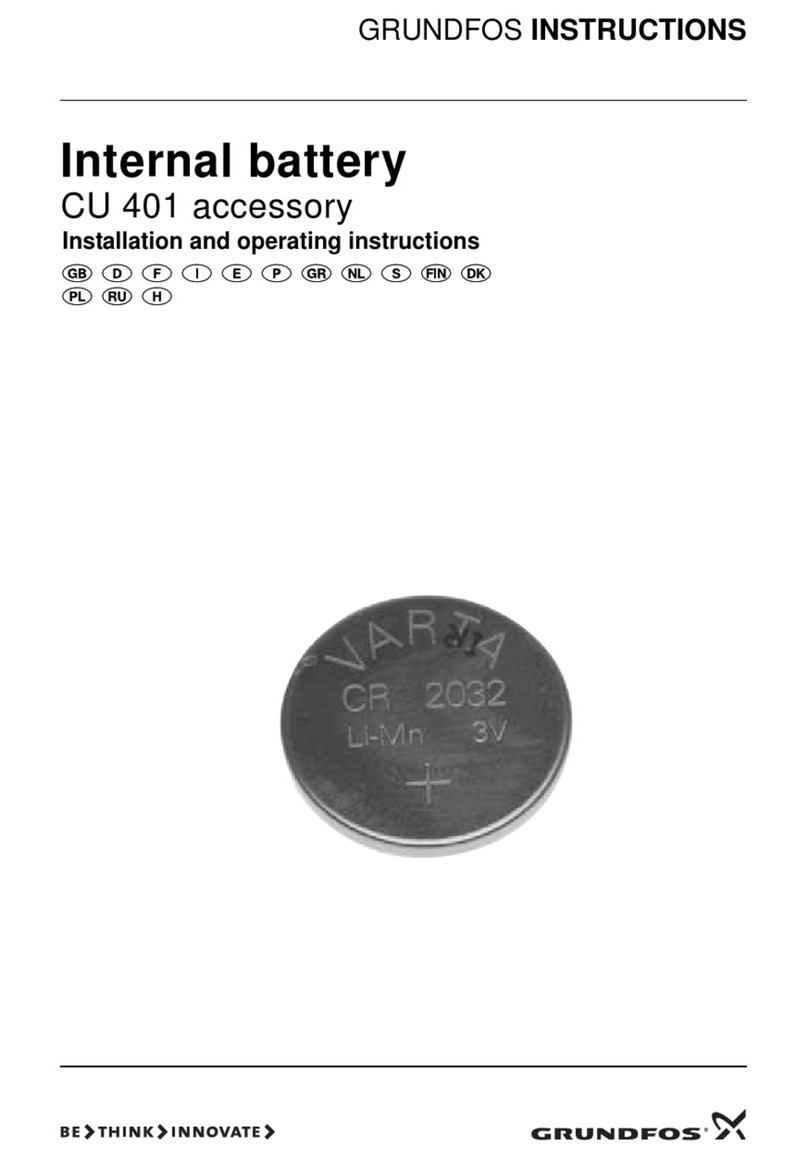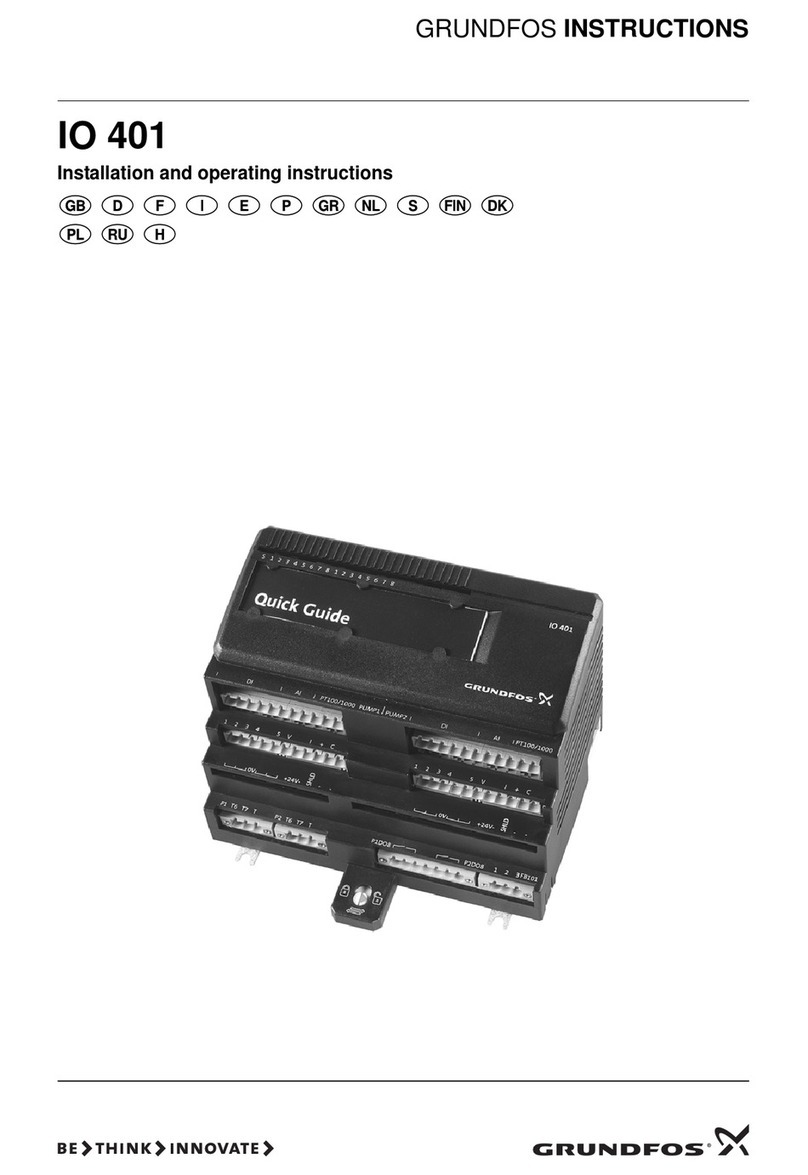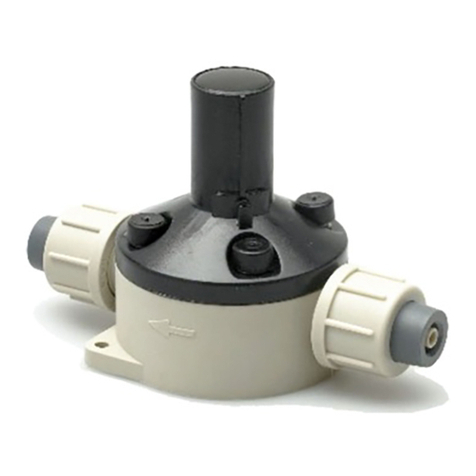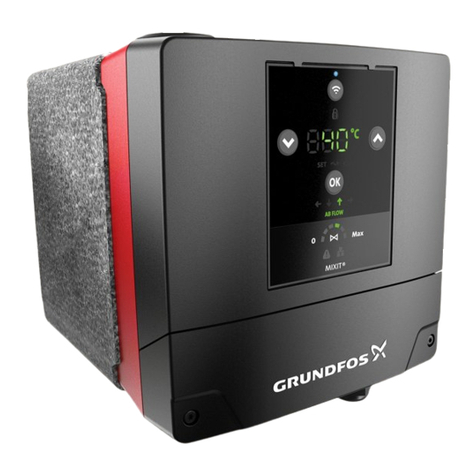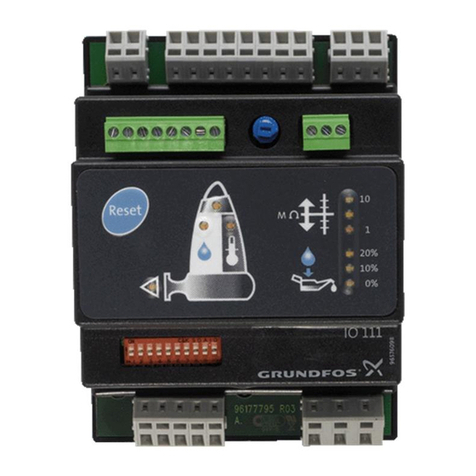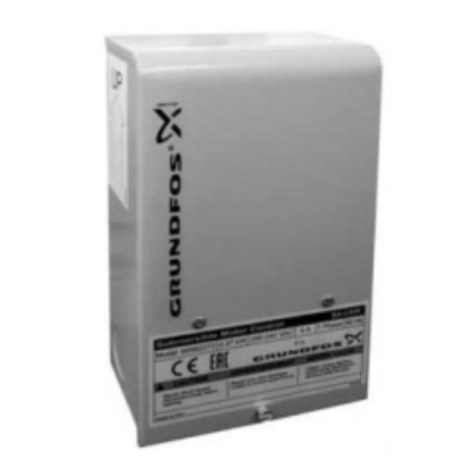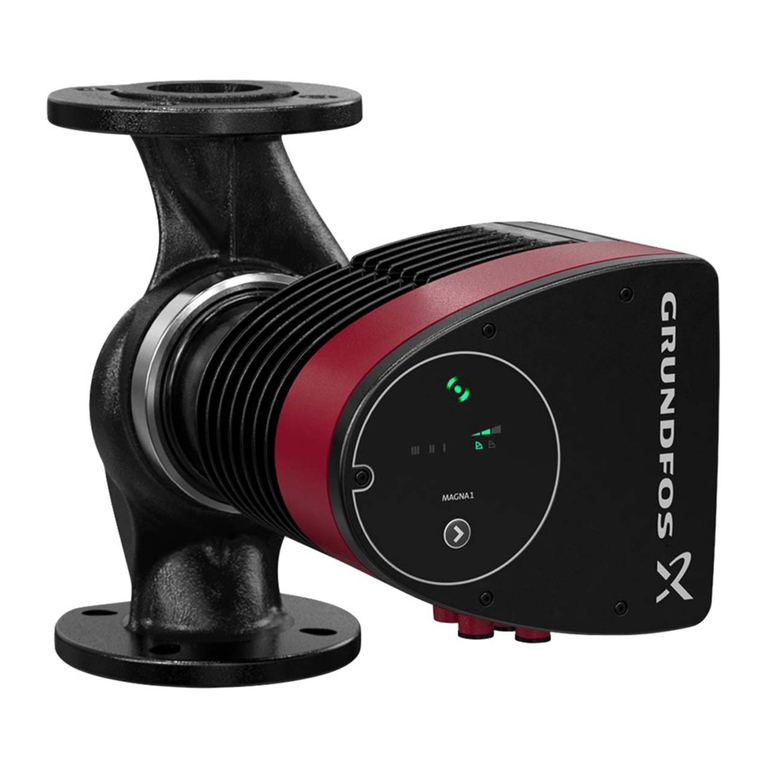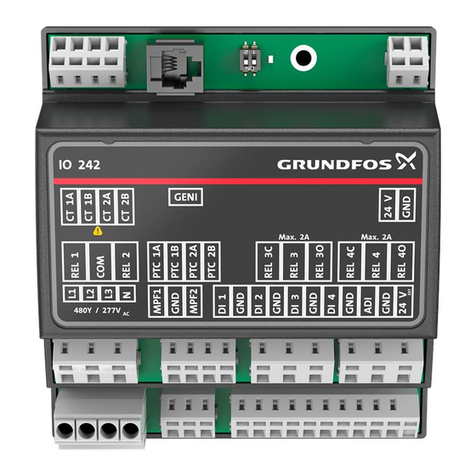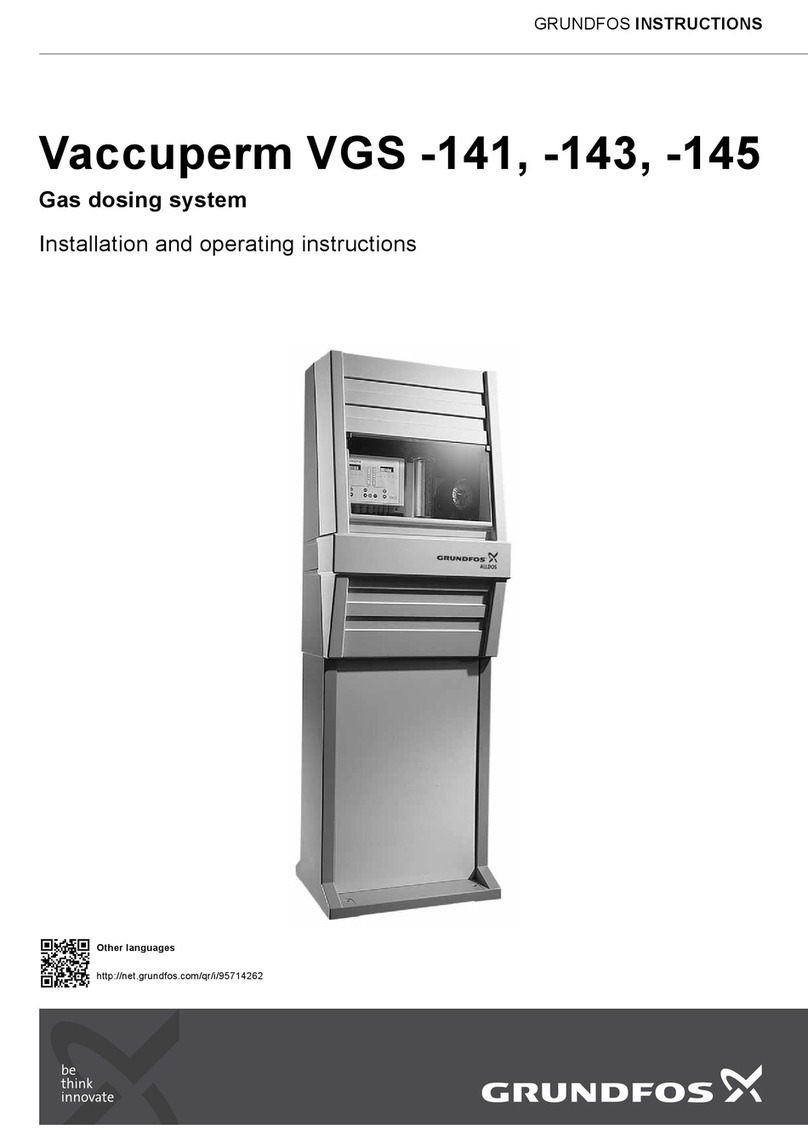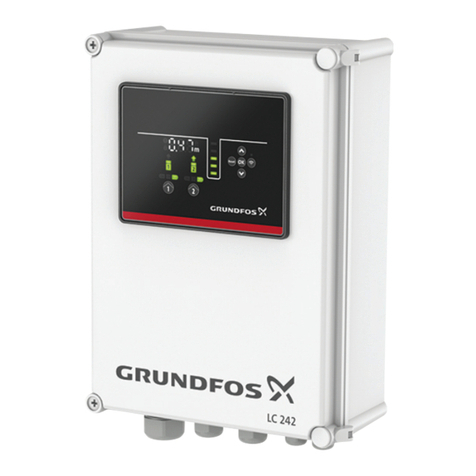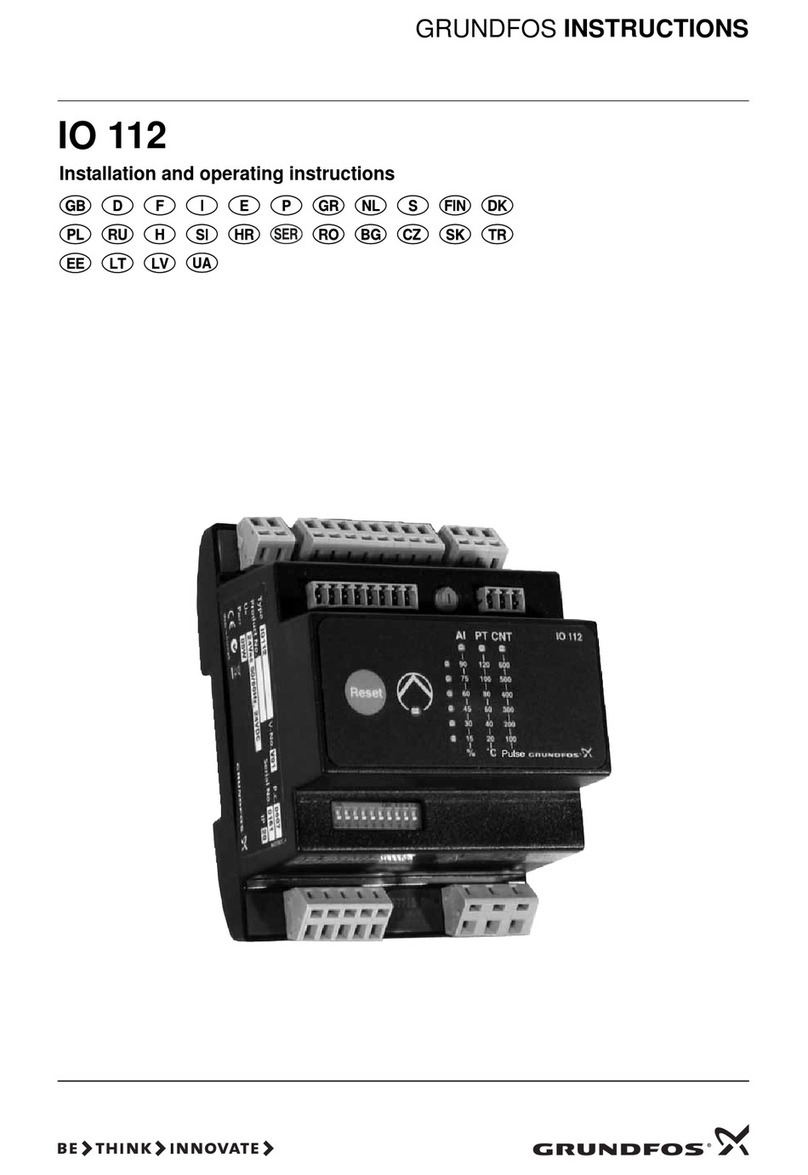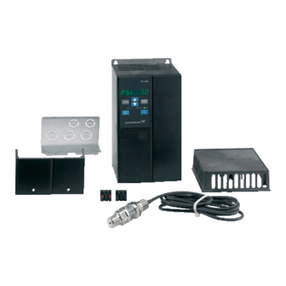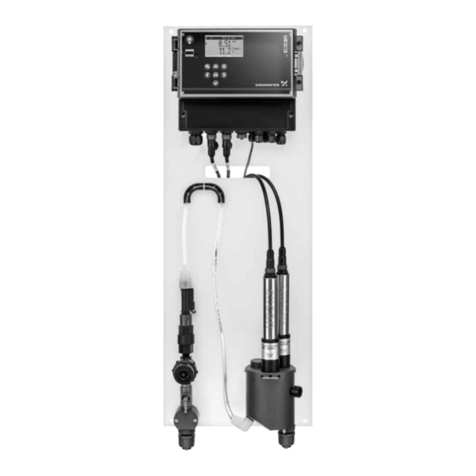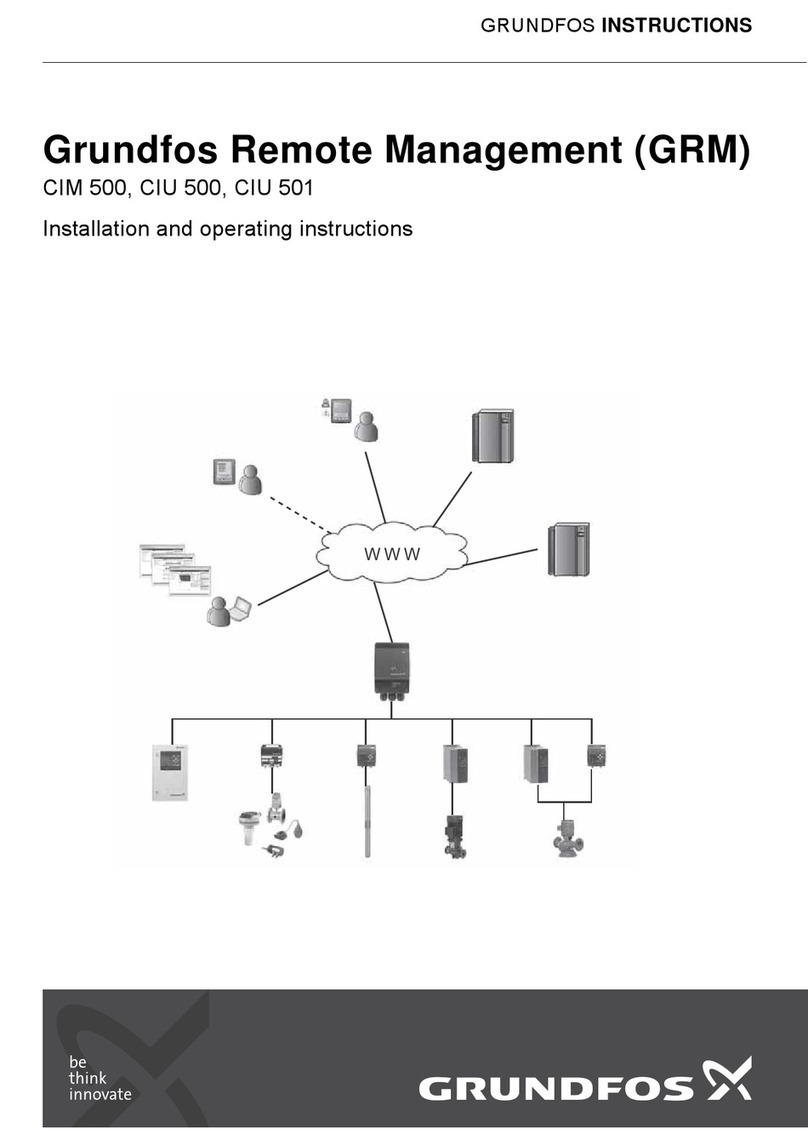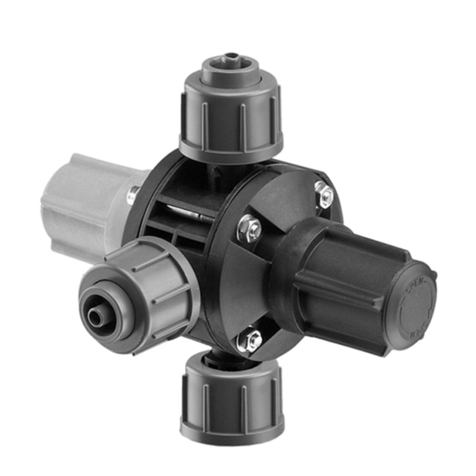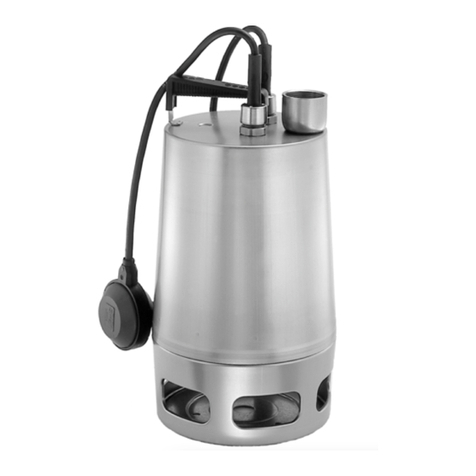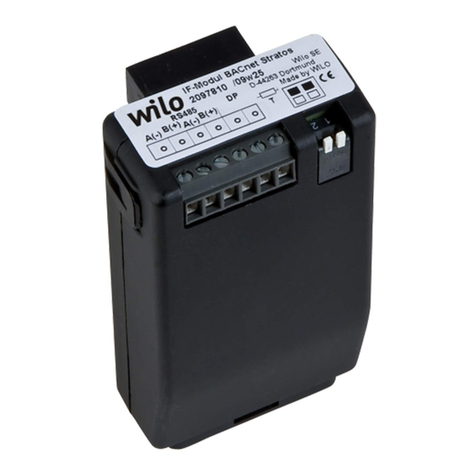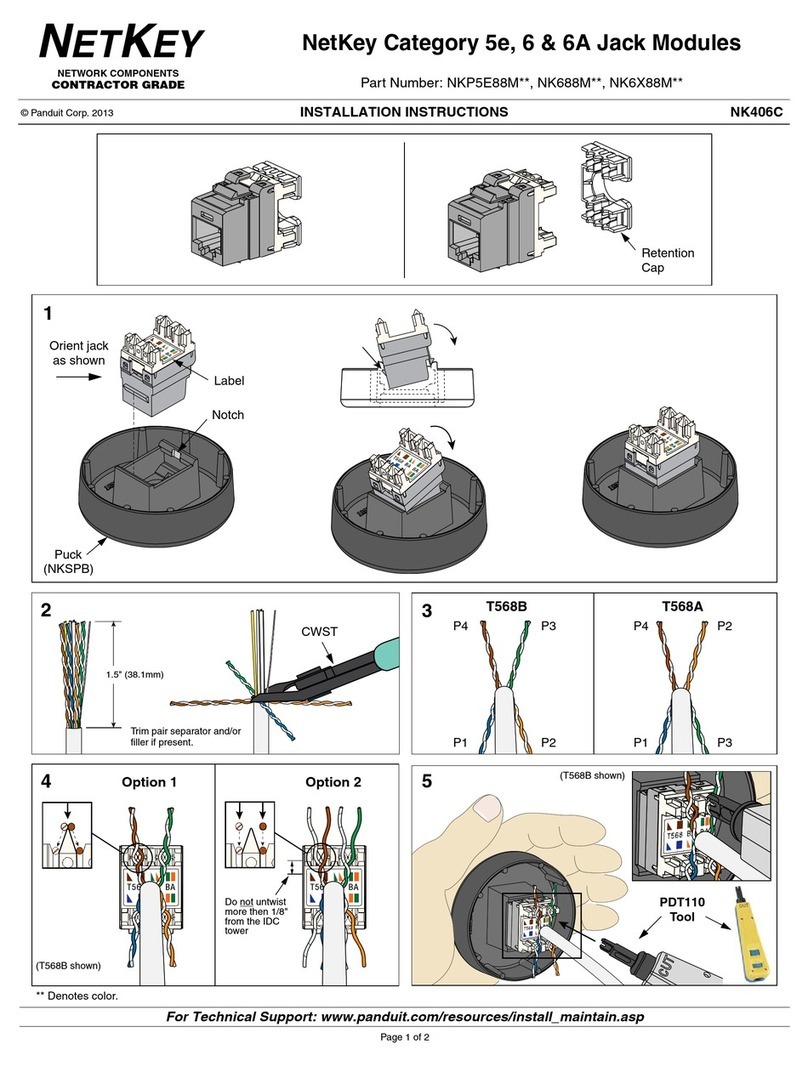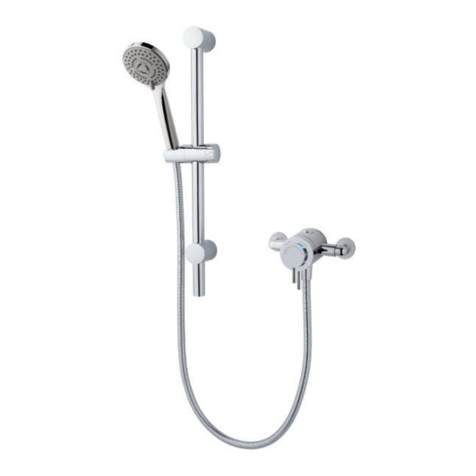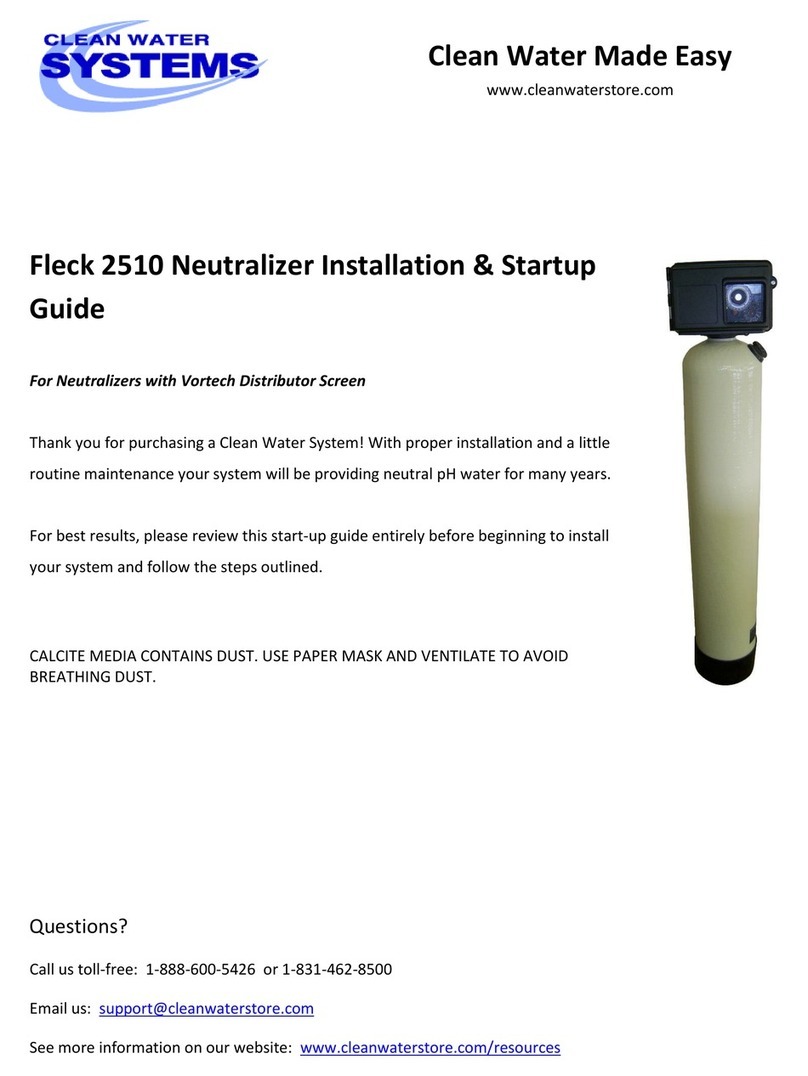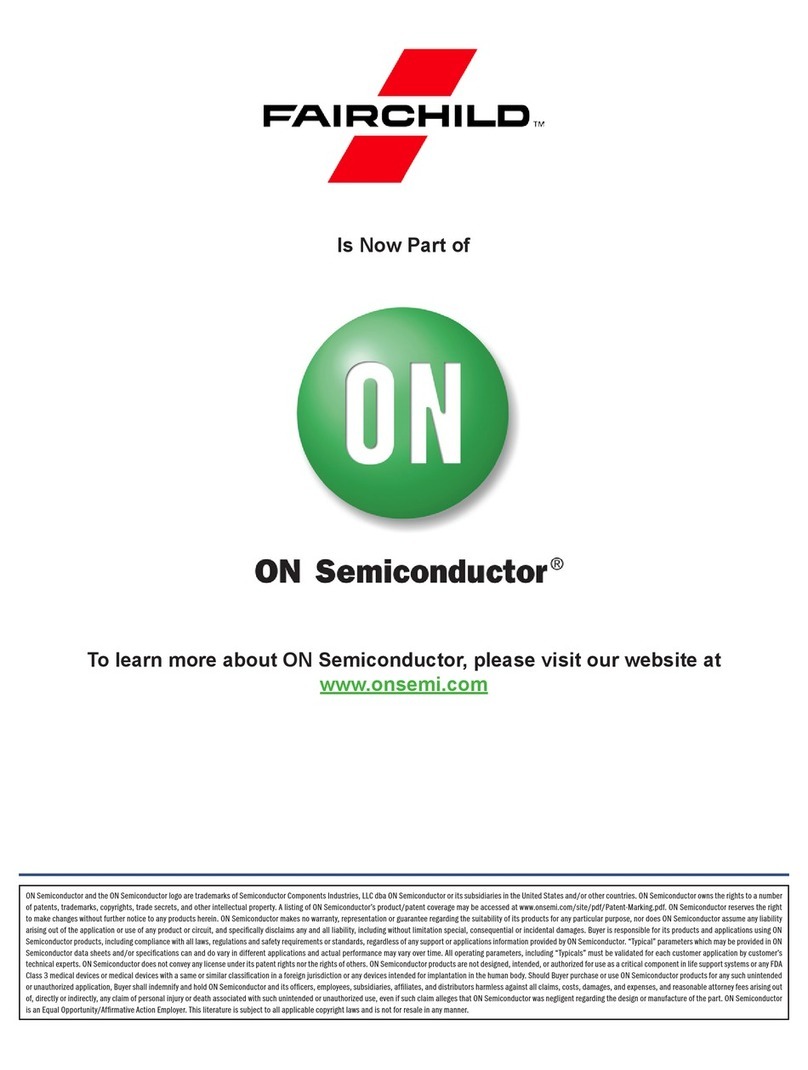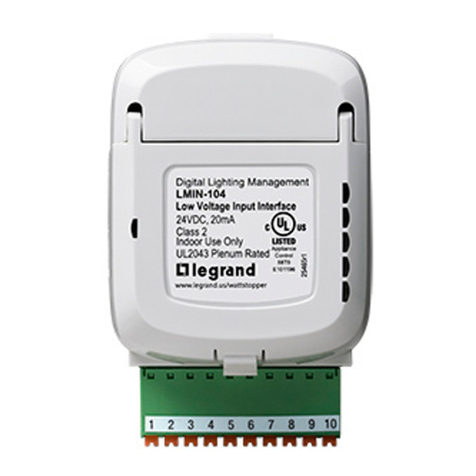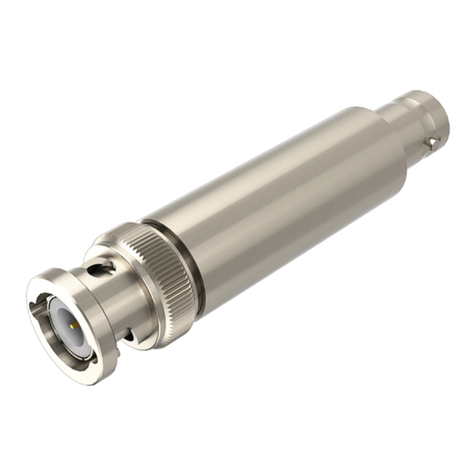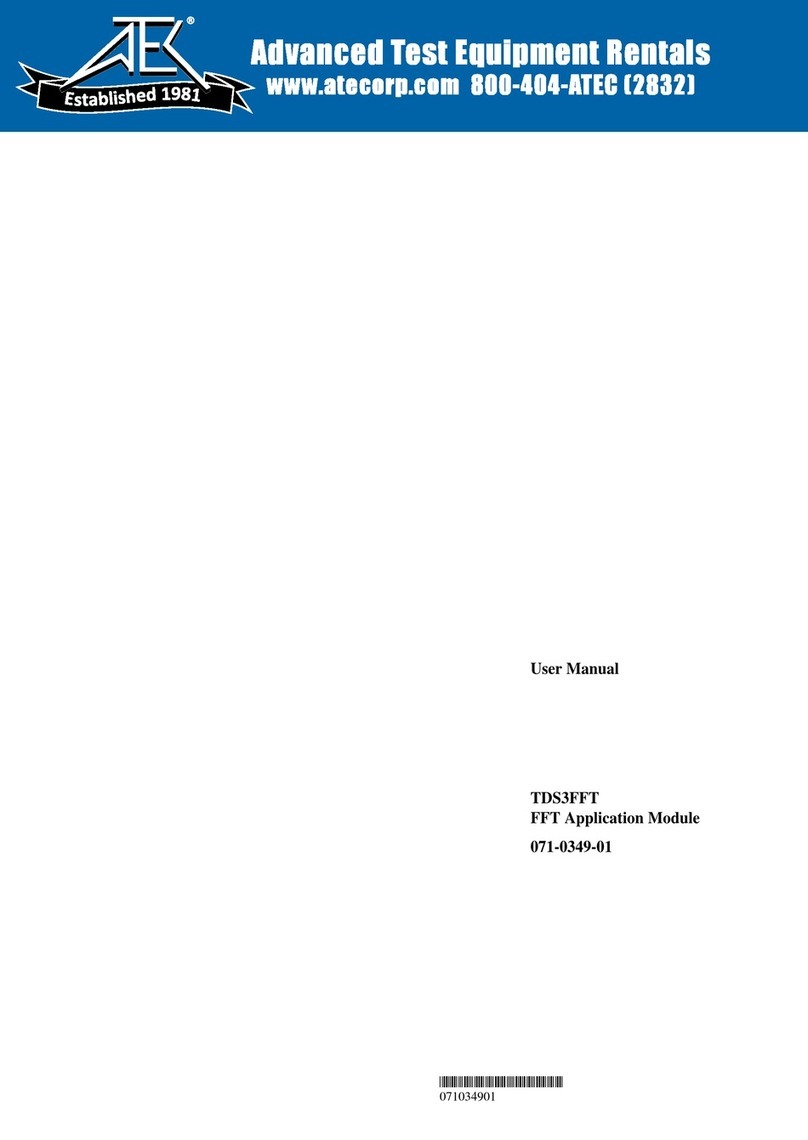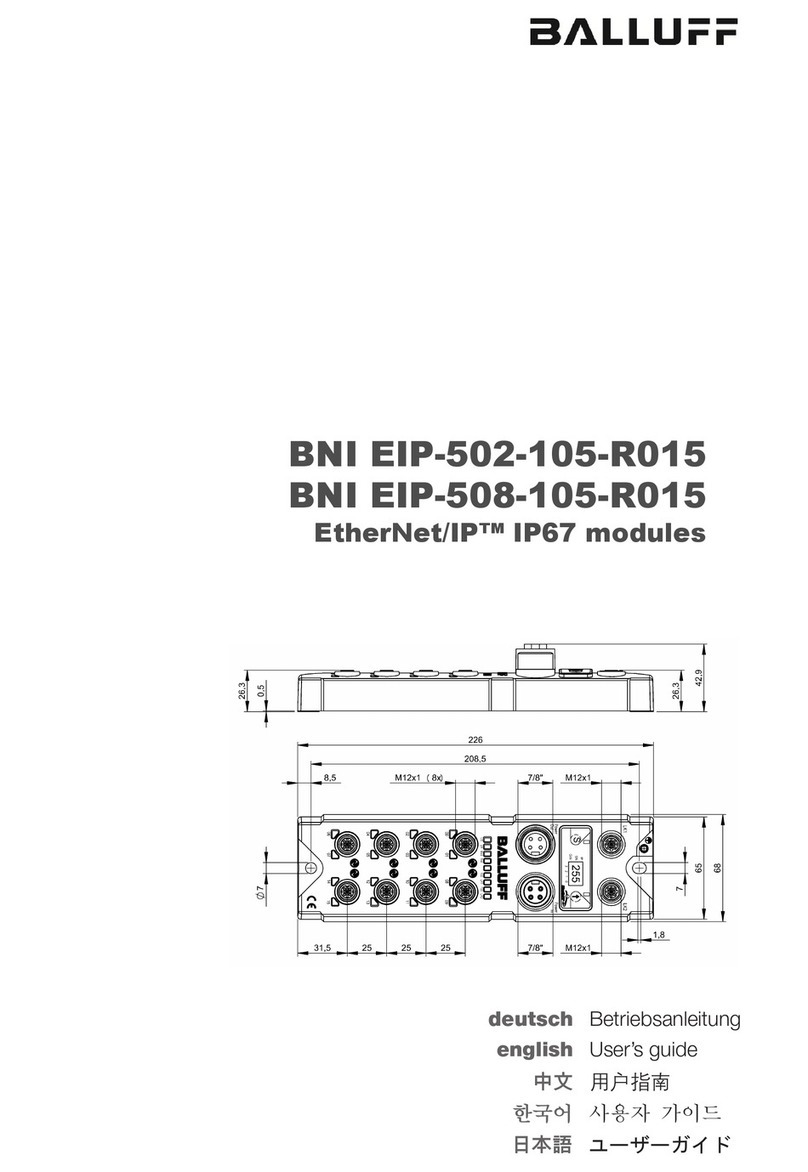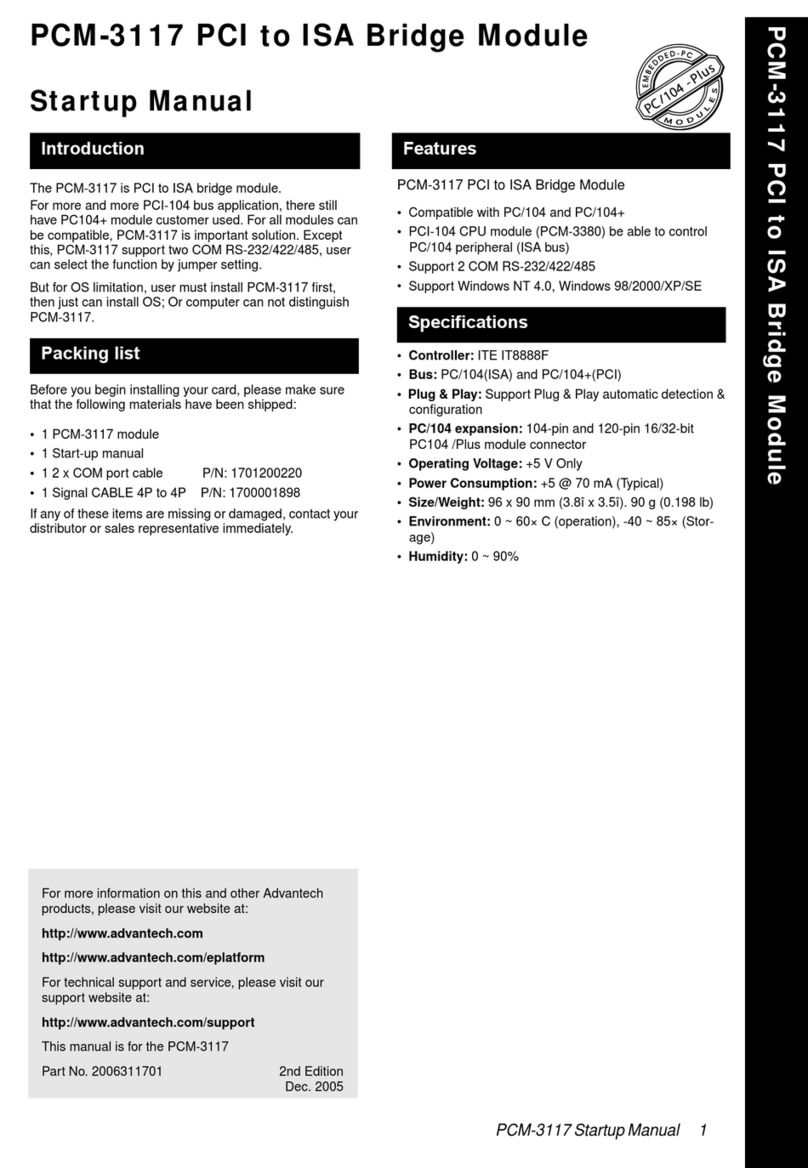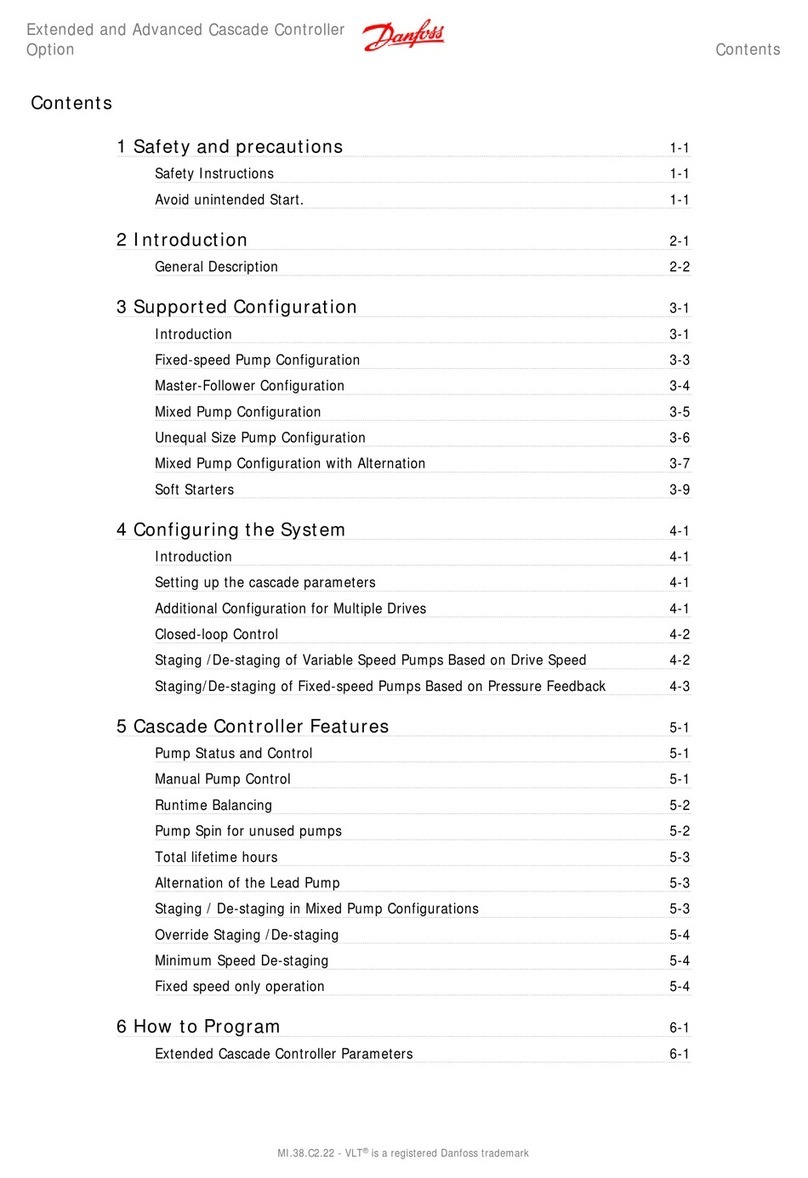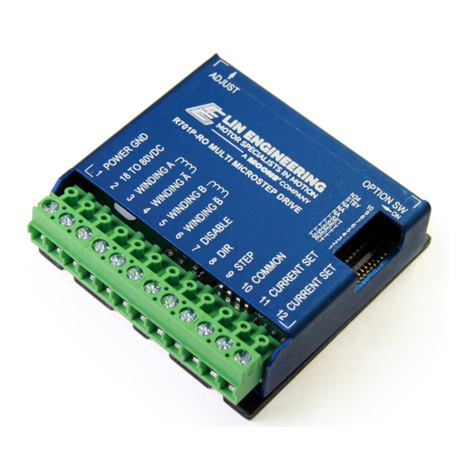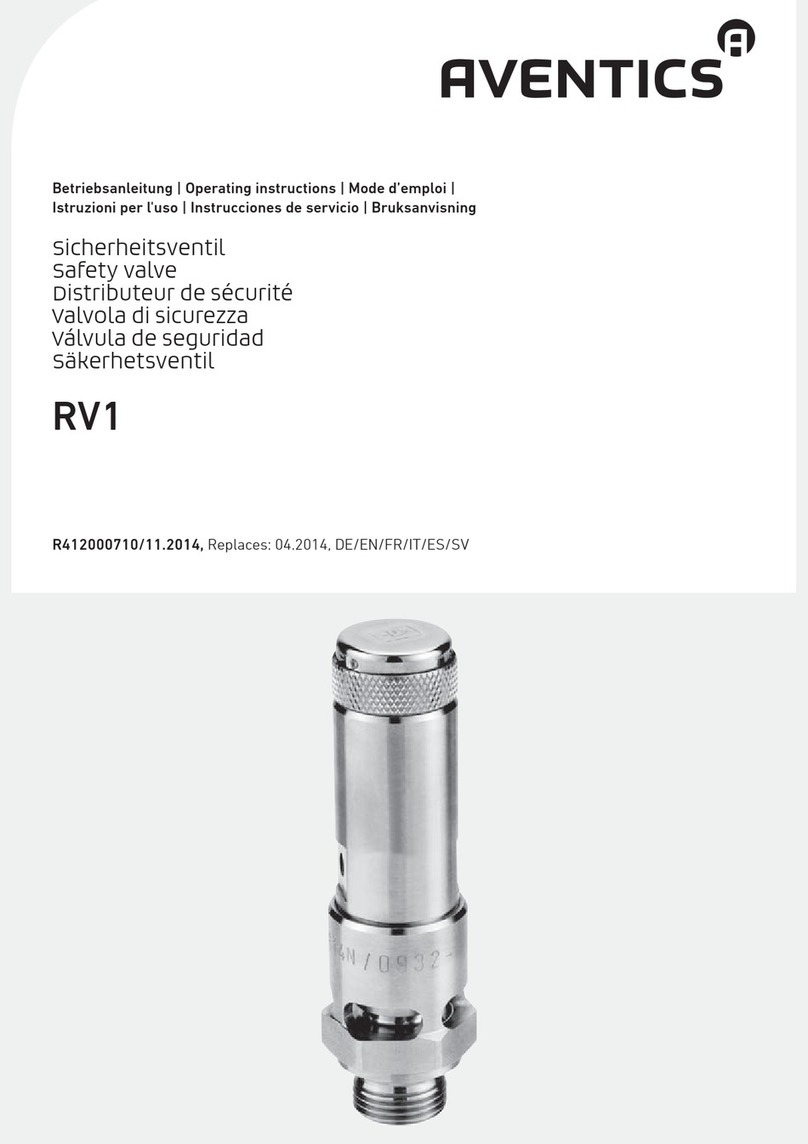
English (GB)
2
English (GB) Installation and operating instructions
Original installation and operating instructions
These installation and operating instructions describe the
Grundfos PRV (Pressure Relief Valve).
Sections 1-4 give the information necessary to be able to install
and start up the product in a safe way.
Sections 5-10 give important information about the product as
well as information on service, fault finding and disposal of the
product.
CONTENTS
Page
1. General information
1.1 Target group
This document is intended for the operating company and the
users. It contains general instructions that must be observed
before installation and during operation and maintenance of the
product. The responsible staff must read these instructions prior
to any work on the product.
1.1.1 Qualification and training
The persons responsible for the tasks described in this document
must be appropriately qualified.
1.1.2 Obligations of the operating company
• Observe the local safety regulations.
• Keep the installation and operating instructions available at
the installation location at all times.
• Coordinate the preparation of the installation location
observing section 9. Technical data.
• Ensure that the users are trained for their tasks.
• Provide the stipulated safety equipment and personal
protective equipment.
• Arrange regular maintenance.
1.1.3 Obligations of the user
• Observe the recognised health and safety regulations as well
as the local accident prevention regulations.
• Wear protective equipment in accordance with local health
and safety regulations when working on the product and
handling chemicals.
• Read and understand this document.
1.2 Safe operation
If safe operation is no longer possible, the product must be taken
out of operation and secured against unintentional operation.
This is the case in the following situations:
• If the product is visibly damaged.
• If the product does not seem operational.
• After long periods of storage under unfavourable conditions.
1. General information 2
1.1 Target group 2
1.1.1 Qualification and training 2
1.1.2 Obligations of the operating company 2
1.1.3 Obligations of the user 2
1.2 Safe operation 2
1.3 Symbols used in this document 3
2. Installing the product 3
2.1 Location 3
2.2 Mechanical installation 3
2.2.1 Installation requirements 3
2.2.2 Installation example 3
2.2.3 Pressure relief valves up to 460 l/h 4
2.2.4 Pressure relief valves DN 32 to DN 65 4
3. Commissioning the product 4
3.1 Setting the relief pressure 4
3.1.1 Optimal installation 5
3.1.2 Other installations 5
4. Handling and storing the product 5
4.1 Handling the product 5
4.2 Storing the product 5
5. Product introduction 5
5.1 Intended use 5
5.1.1 Improper operating methods 5
5.2 Identification 5
5.2.1 Nameplate (pressure relief valves from 60 to 460 l/h) 5
5.2.2 Type key 6
6. Maintaining the product 7
6.1 Maintenance schedule 7
6.2 Cleaning 7
6.3 Replacing the diaphragm 7
7. Accessories 7
7.1 Union nut adapters (up to 460 l/h) 7
7.2 Set of counter flanges for pressure relief valves DN 32
and DN 65 7
8. Fault finding 8
9. Technical data 8
9.1 Permissible media temperature 8
9.2 Storage and ambient temperatures 8
9.3 Pressure relief valves up to 60 l/h 8
9.3.1 Technical data 8
9.3.2 Materials 8
9.3.3 Dimensional drawings 8
9.4 Pressure relief valves from 60 to 460 l/h 9
9.4.1 Technical data 9
9.4.2 Materials 9
9.4.3 Dimensional drawings 9
9.5 Pressure relief valves DN 32 10
9.5.1 Technical data 10
9.5.2 Dimensional drawings 10
9.6 Pressure relief valves DN 50 and DN 65 11
9.6.1 Technical data 11
9.6.2 Dimensional drawings 11
10. Disposing of the product 11
Prior to installation, read this document. Installation
and operation must comply with local regulations and
accepted codes of good practice.
When working with chemicals, the accident
prevention regulations applicable at the installation
site must be applied.
Observe the chemical manufacturer's safety data
sheets when handling chemicals.
When working on the product or connections and
lines, always wear protective clothing (e.g. safety
goggles and gloves). The system must be
pressureless.
Only operate the system if all lines are connected
correctly.
